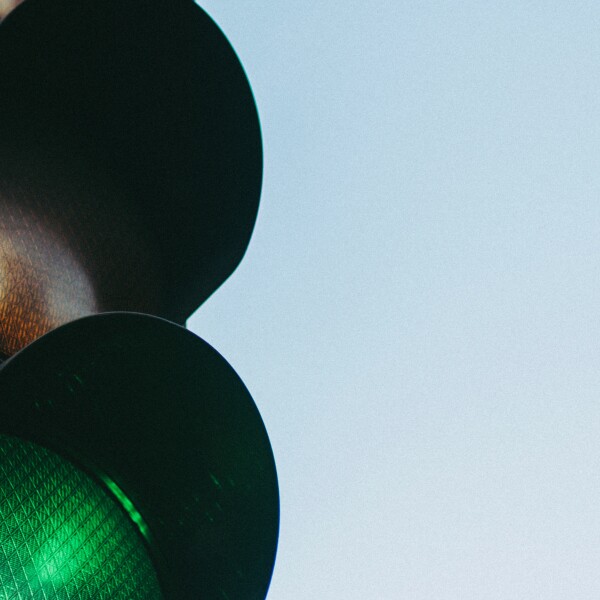Could South Africa be facing a new and unique form of driving while distracted? We are so accustomed to traffic lights not working that some drivers are automatically treating intersections like four-way stops when the light is actually green, or potentially worse, red. Have you done this in your own driving or have you seen another driver make this mistake and had to take evasive action?
The CEO of MasterDrive, Eugene Herbert, says this is a form of DWD that many people may overlook. “DWD as a result of inattentiveness is driving without situational awareness. Thus, you are driving while in ‘autopilot’ and simply going through the motions. This means you are unaware of the traffic conditions around you or potential risks and, therefore, will not respond appropriately to these.
“Research conducted on driving with limited concentration by IAM RoadSmart in the UK, suggests it is more common than one would think. As many as 40% of drivers are likely not concentrating while driving. The three most common reasons for driving inattentively include daydreaming, stress, and thinking about what one will do when they arrive at their destination. It is a key cause of crashes but not present in statistics because drivers rarely admit to it.”
Apply inattentive driving to how we have become accustomed to driving – with loadshedding. “If, nine times out of ten, on your trip to or from work, there is loadshedding, treating every intersection as a four-way stop may become a habit. Consequently, instead of arriving at a destination and realising one cannot remember most of their drive, motorists are being shocked out of their daydreams by other drivers hooting or swerving around them at intersections.”
Tips to retain concentration
- Sleep enough: brains deprived of adequate rest will drift more easily. This can also make it more difficult to access previously learnt information.
- Be mindful: make an effort before starting a journey to focus your full attention on the road and not on your to-do list.
- Use aids: if you realise that inattentive driving has become a habit for you, find a way to draw your attention back to the road. Set your smart watch to remind yourself every so often (before you start driving) or make a reminder to stick on your sun visor.
- Music: while this can further distract some, others see it as vital to their concentration. It is a personal preference but avoid putting it too loud, listening to music that is too intense or anything else that can make you concentrate more on the music than the road.
- Avoid the phone: switch to silent or use software like that provided by NOCELL. Even if you do not answer the phone, your attention is removed from the road and placed on the call or text you received. NOCELL can completely remove this distraction to your concentration levels.
As distracted driving month comes to a close, MasterDrive leaves you with these parting tips. “DWD is not just something that affects road users one month of the year but is an ongoing issue that will continue to grow in intensity. It requires drivers to approach it from every angle and every possible way that it can affect drivers each time they get behind the wheel.
“DWD comes in many forms. Do not make the mistake of thinking because you’re not using your phone that you are not driving distracted – and it all has the same tragic consequences,” says Herbert.











